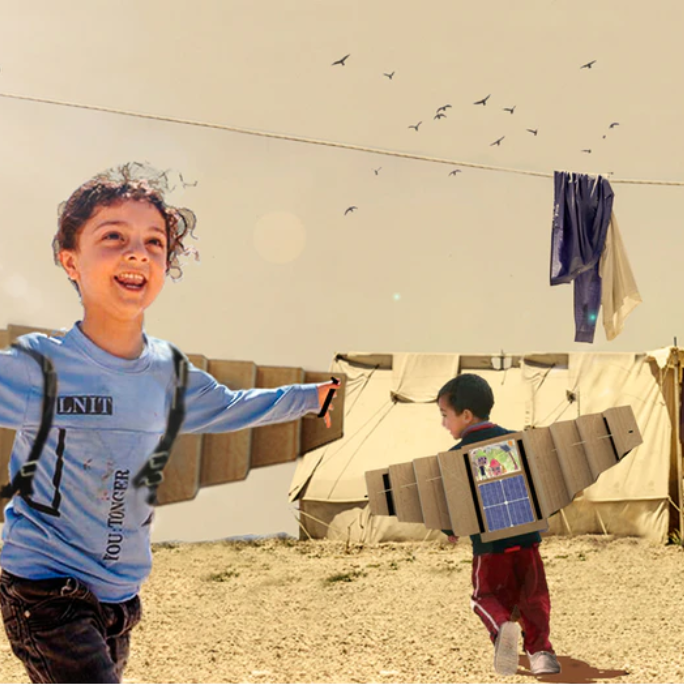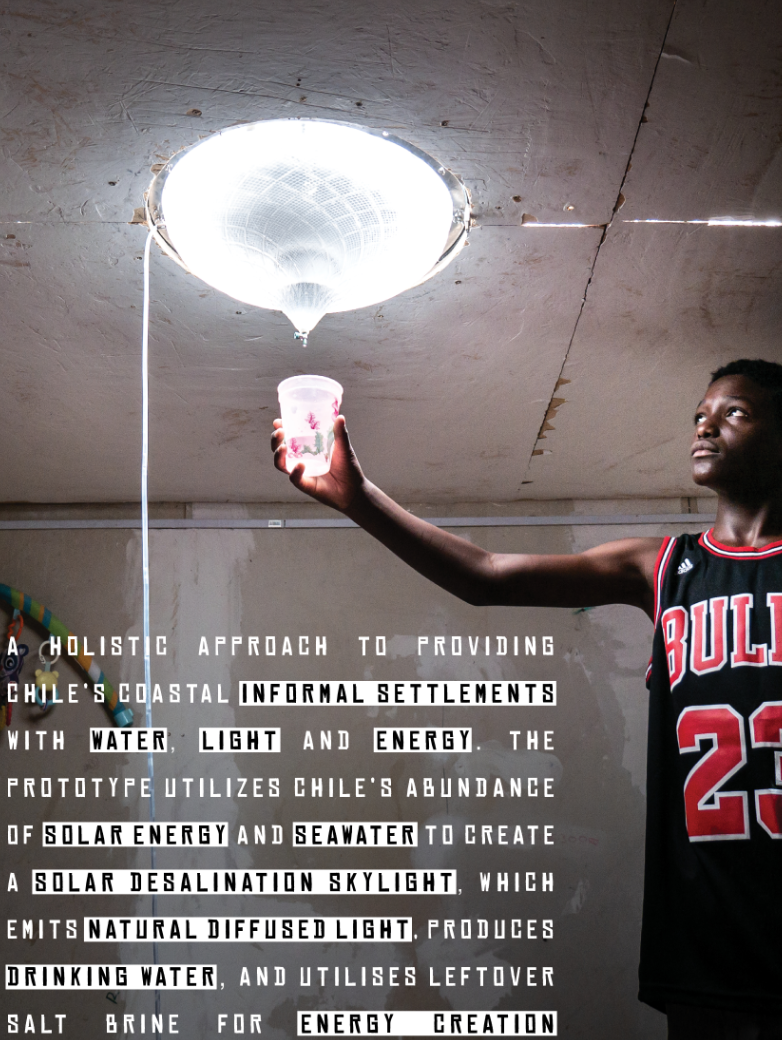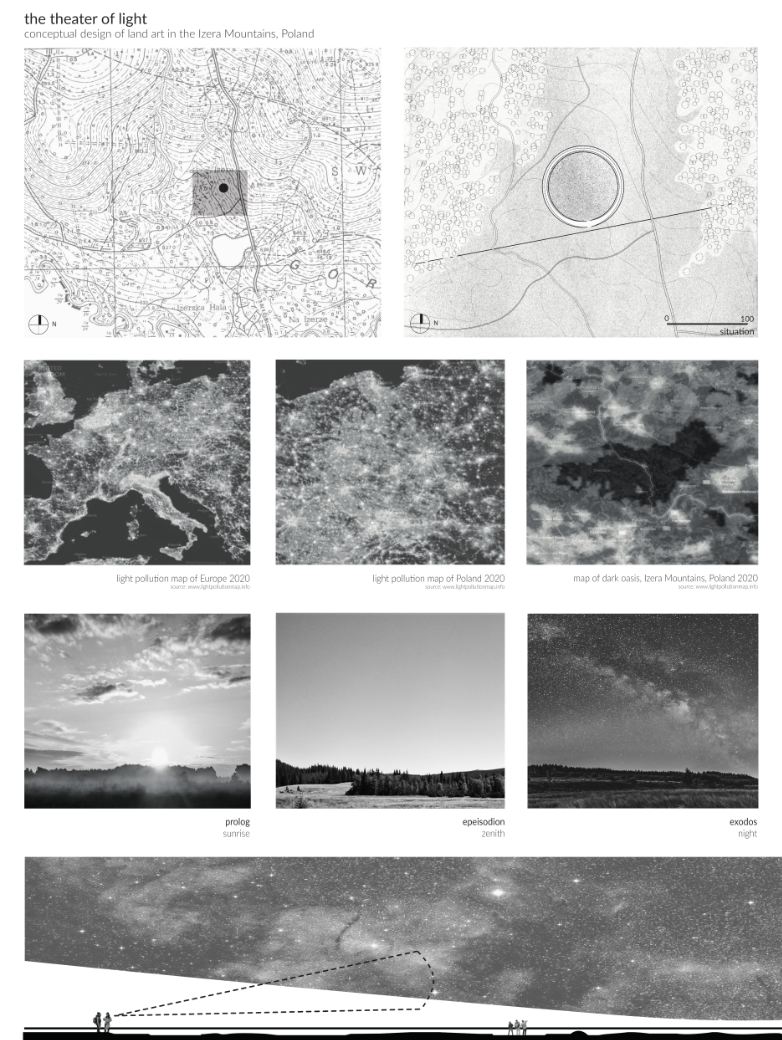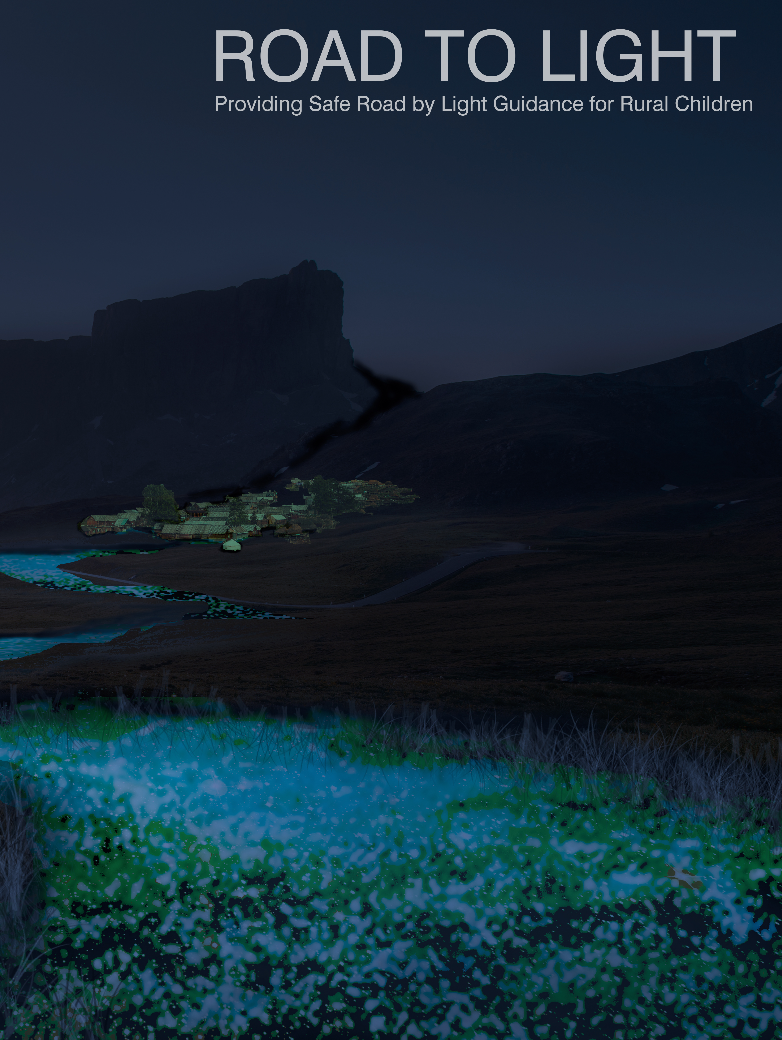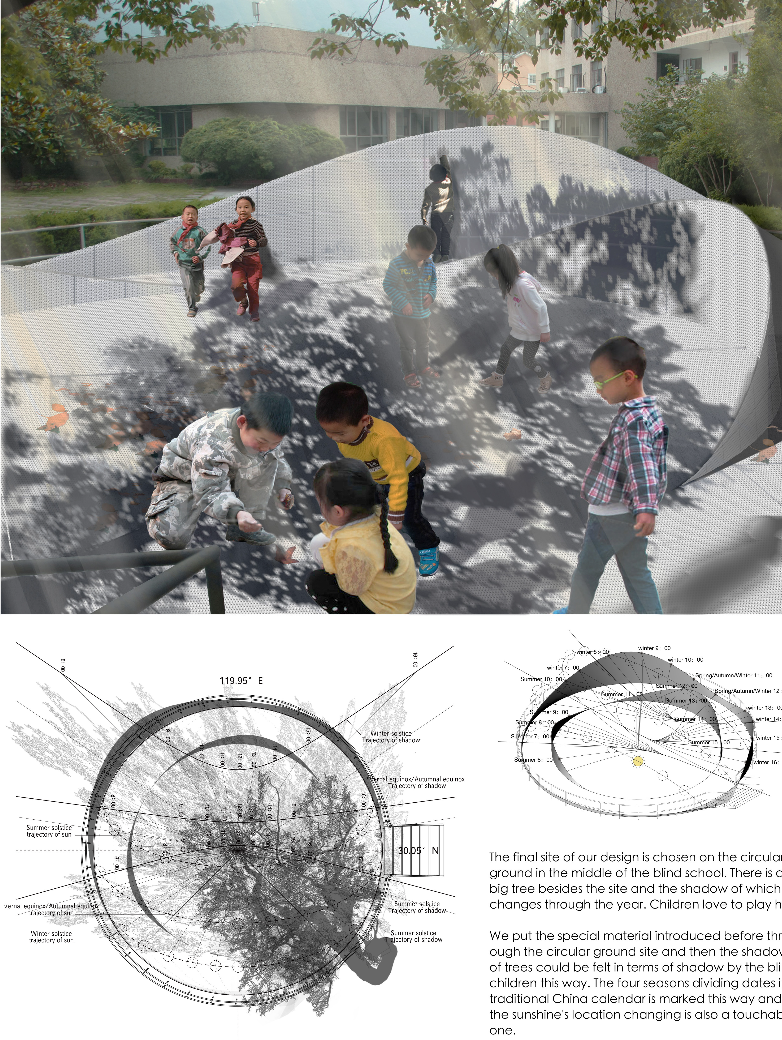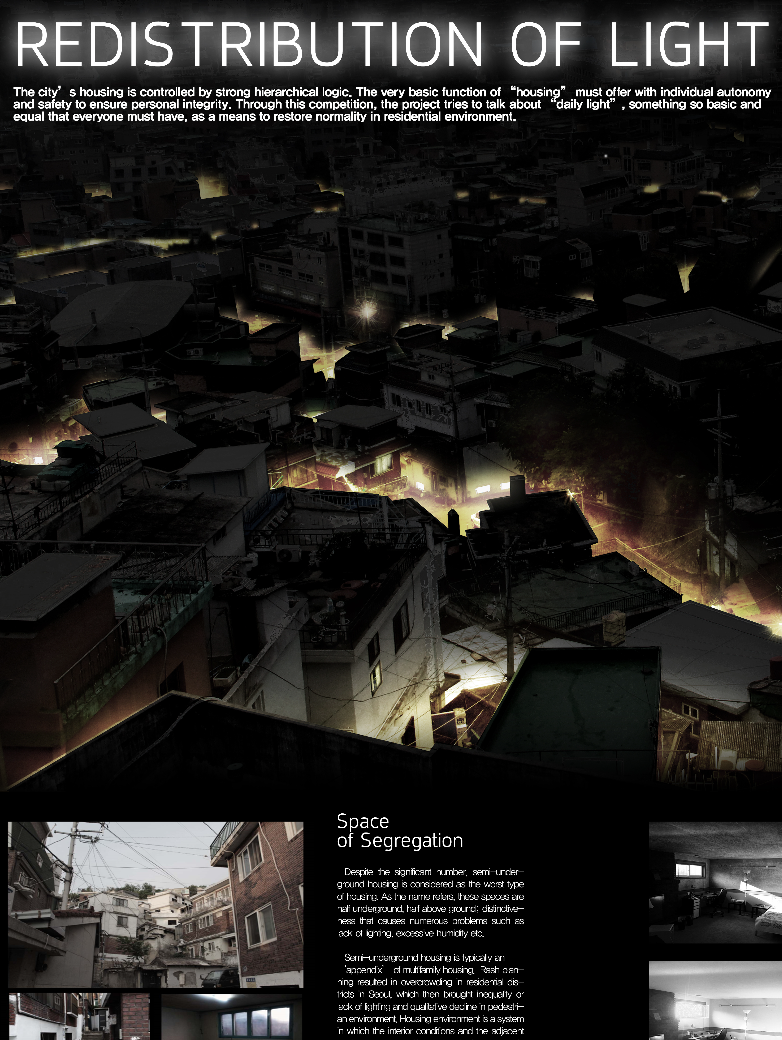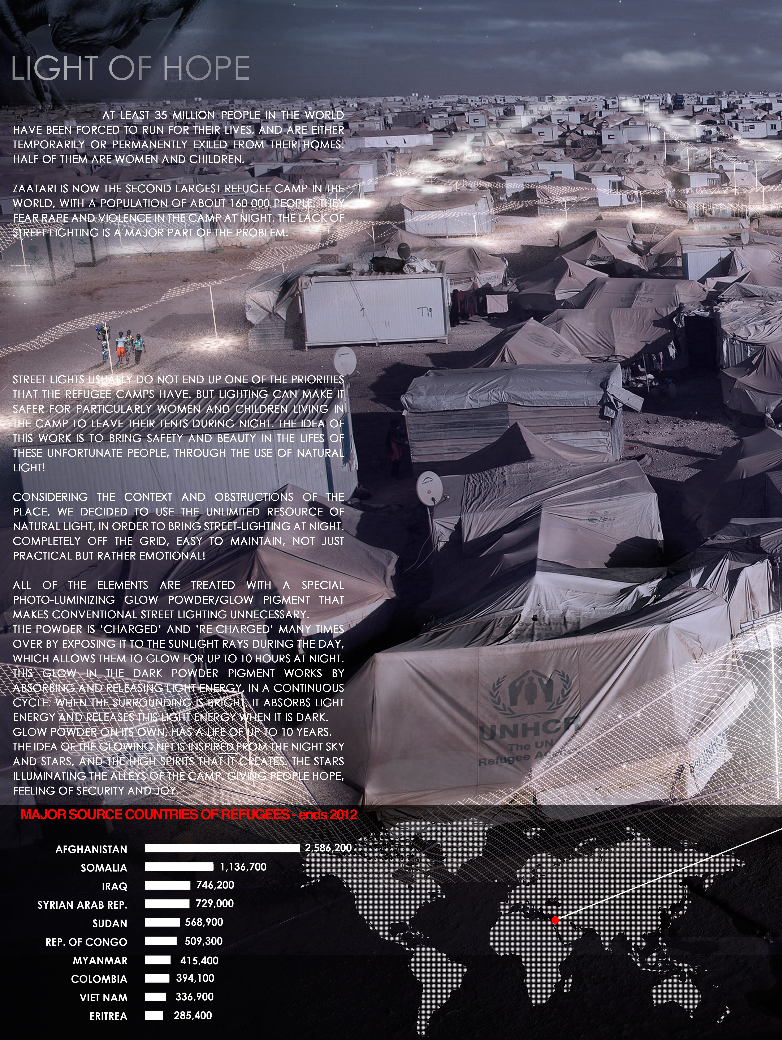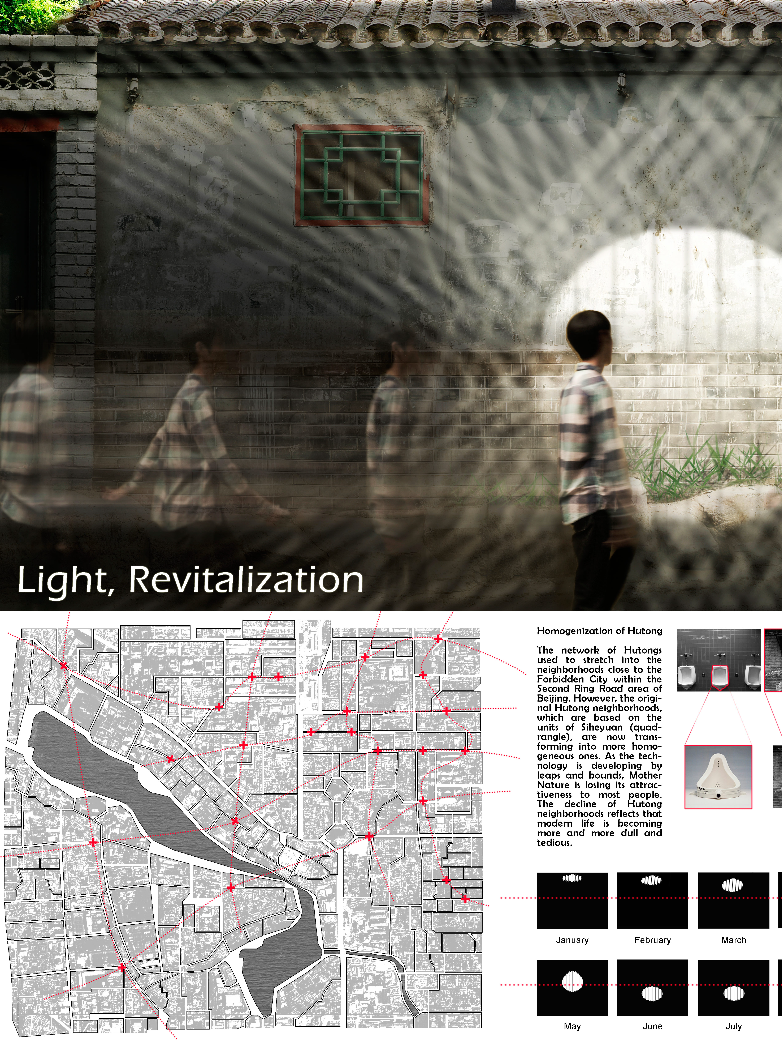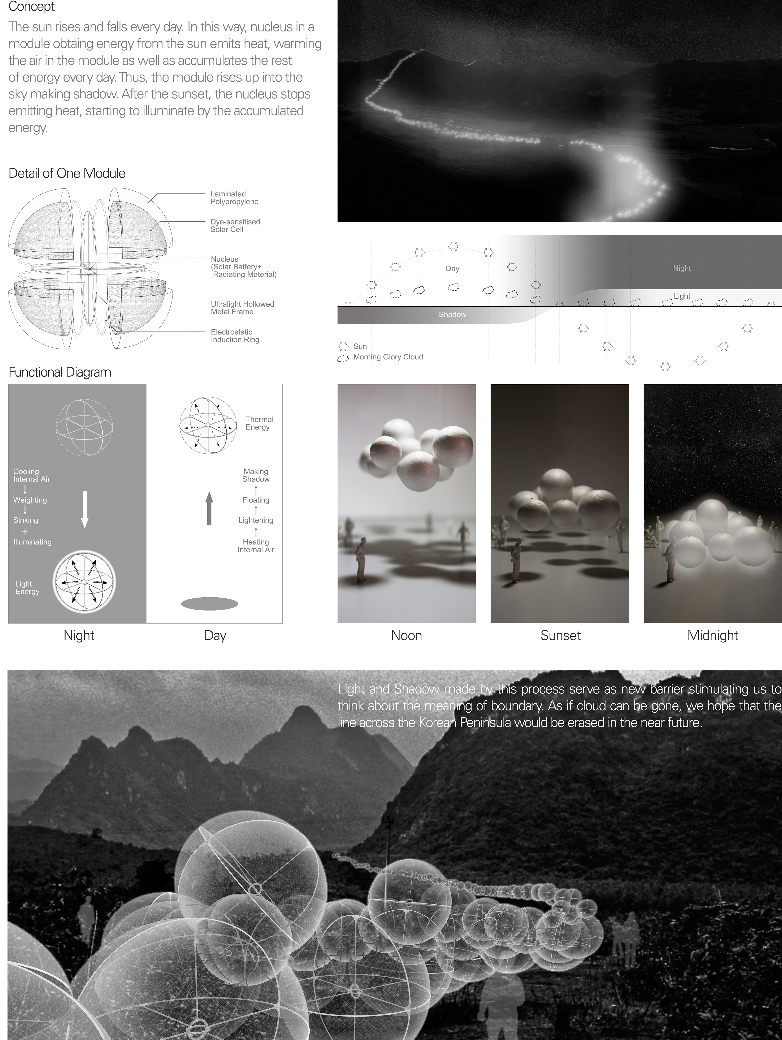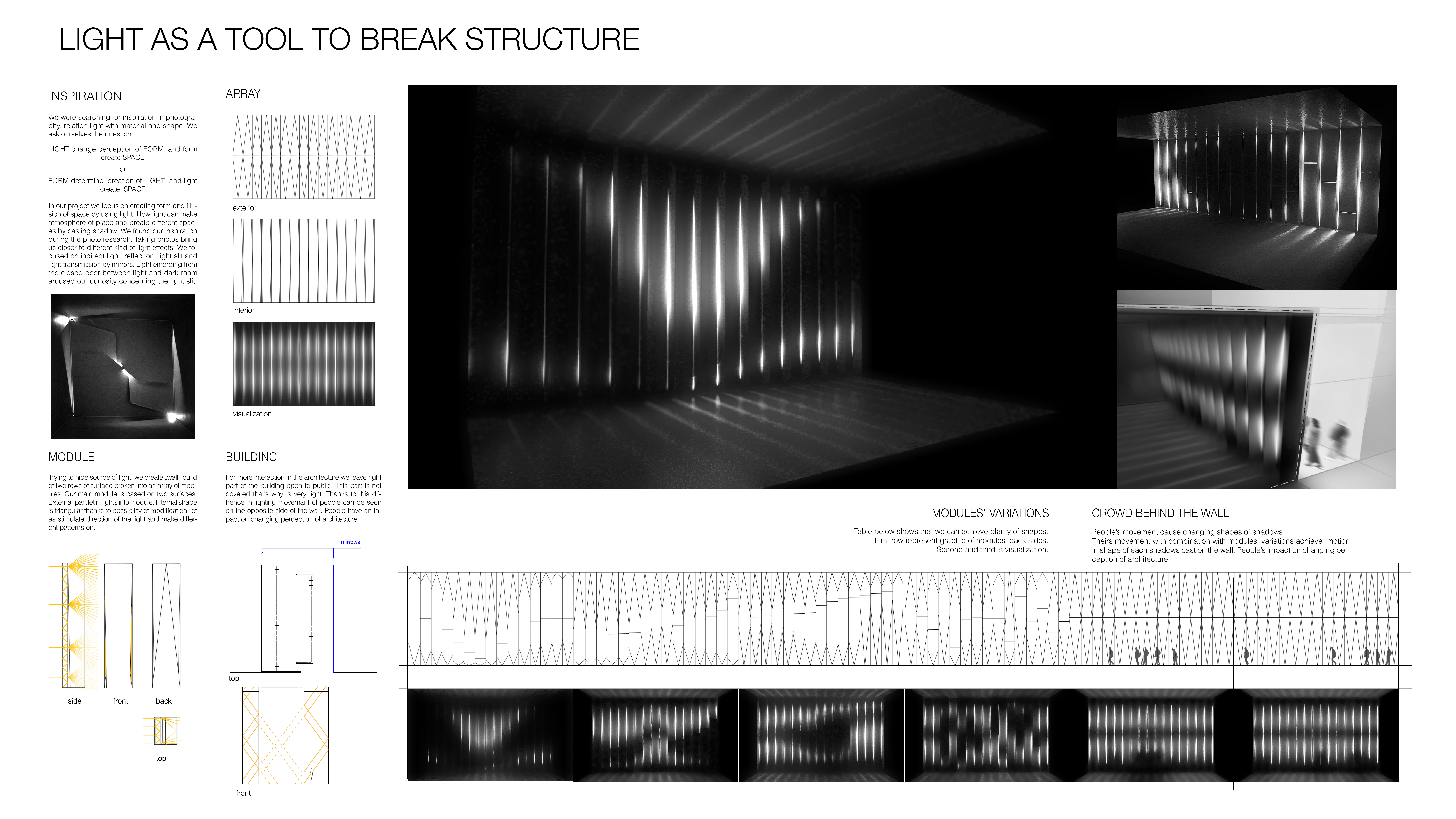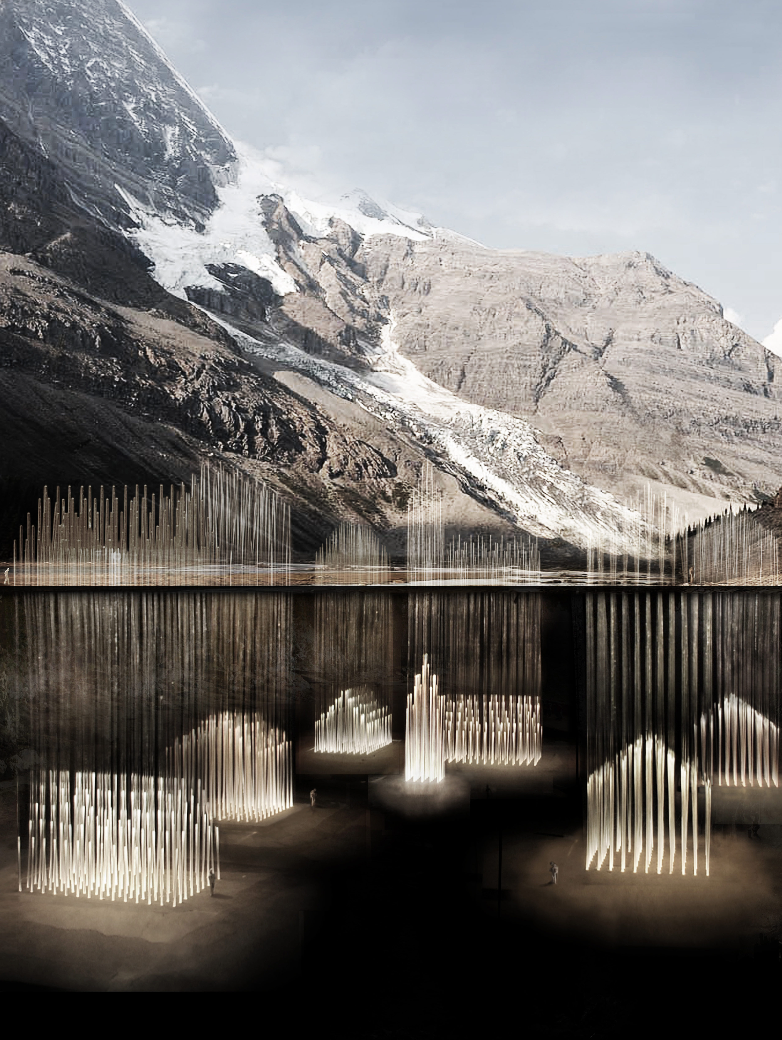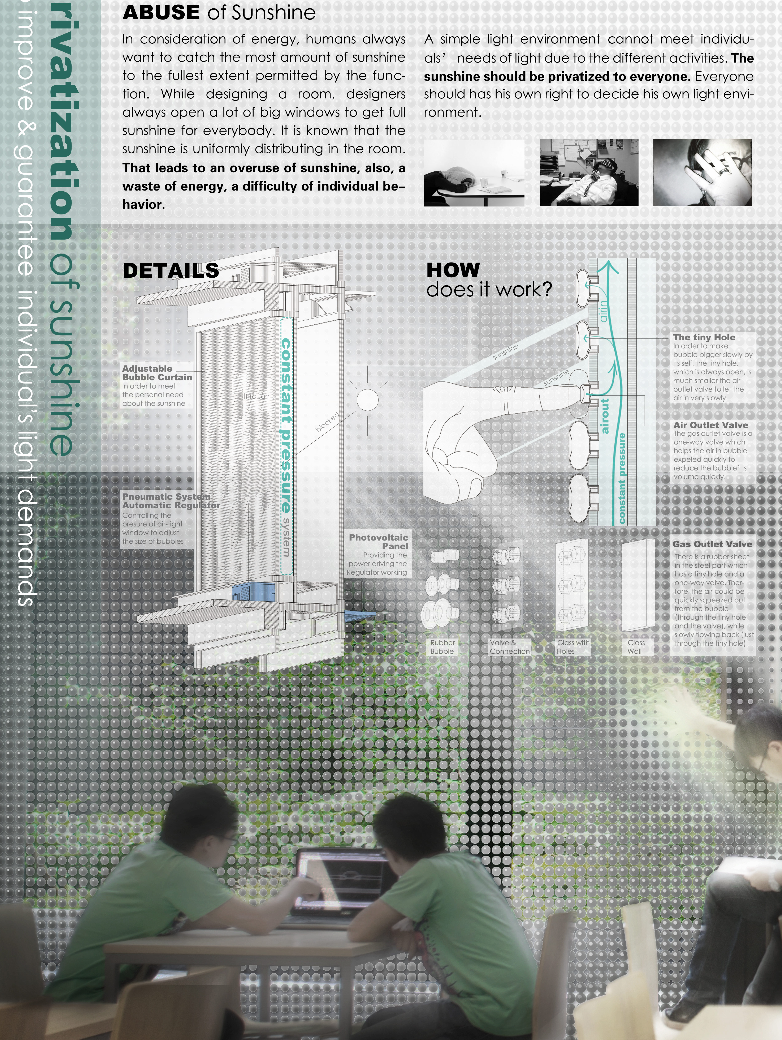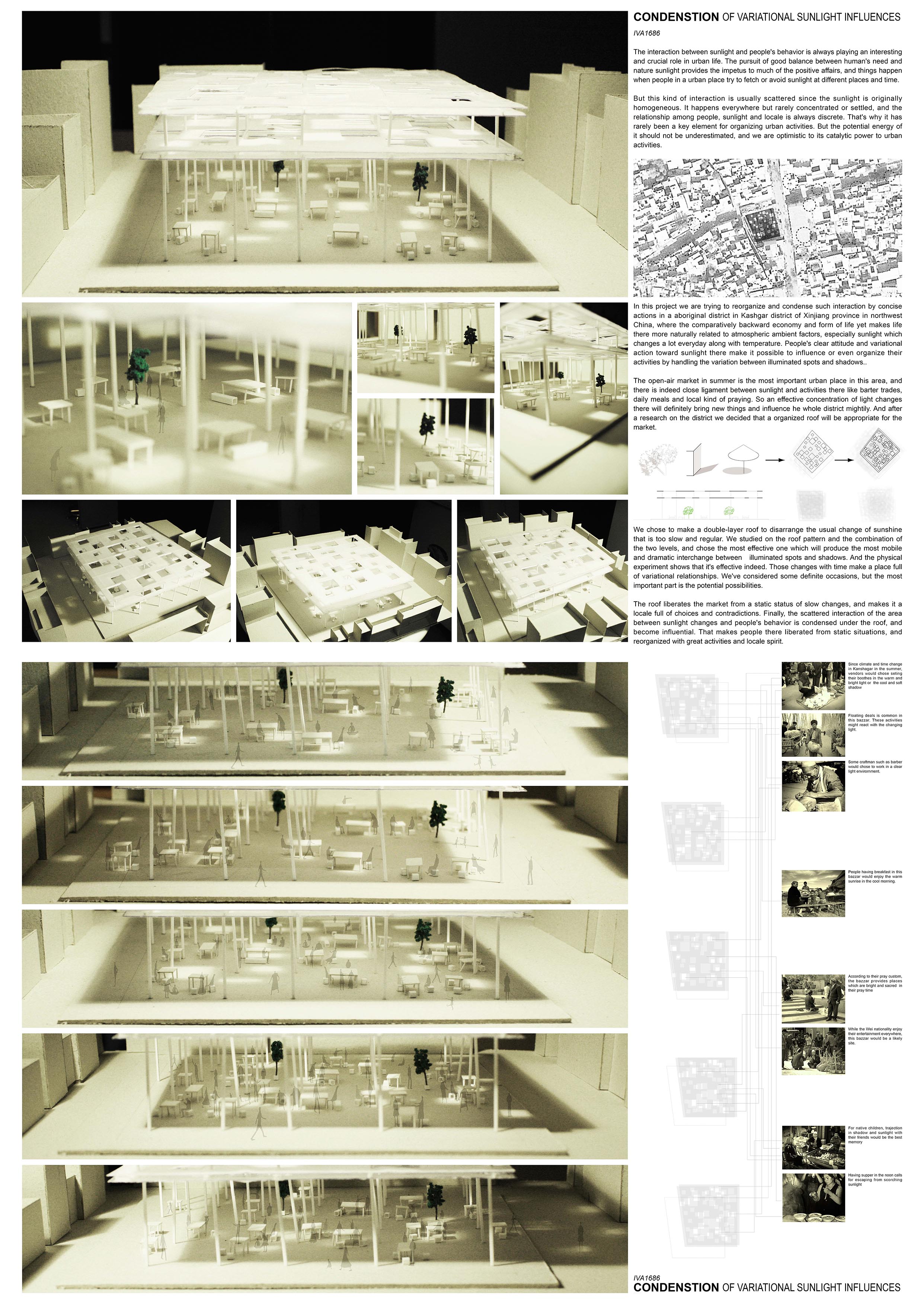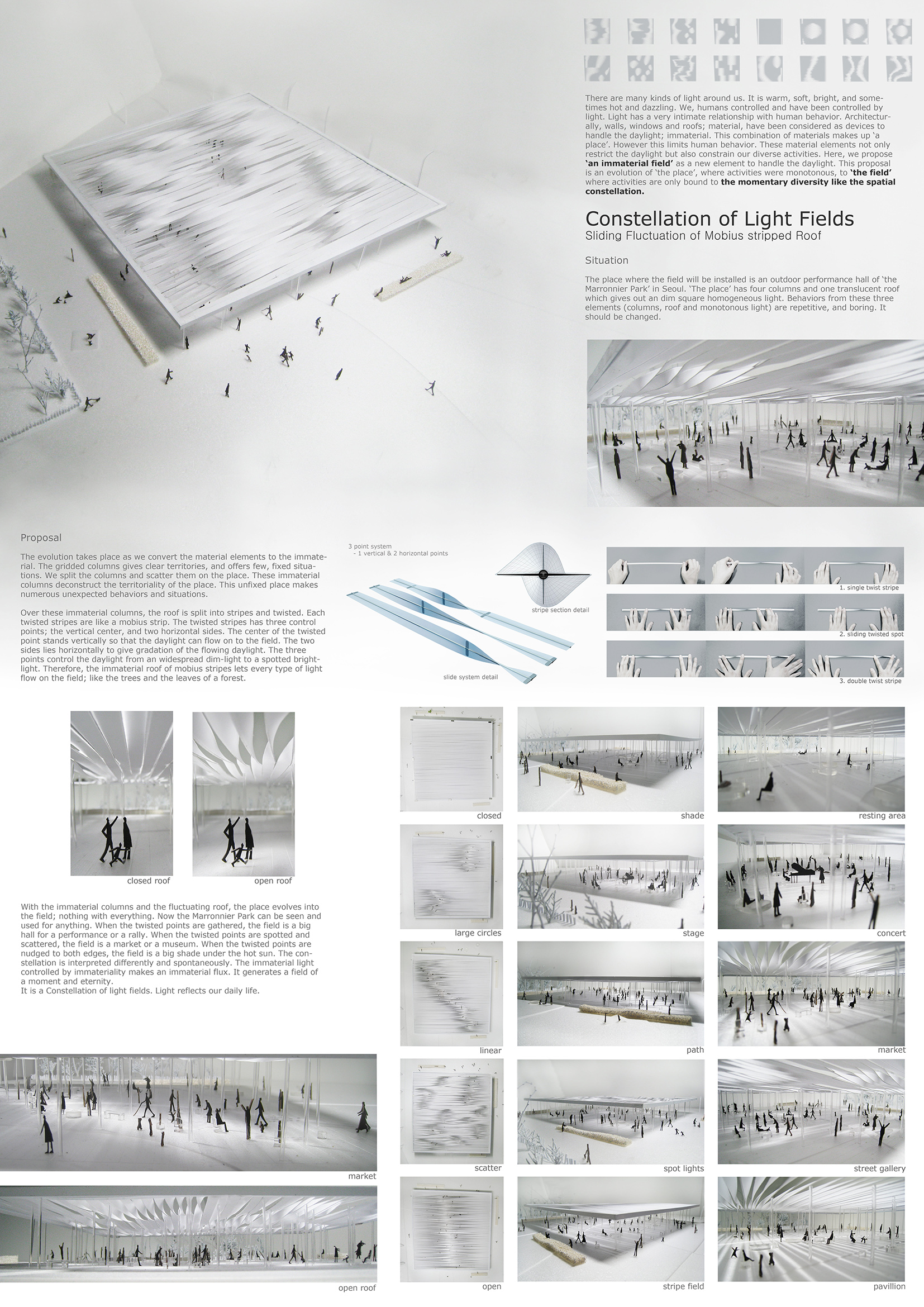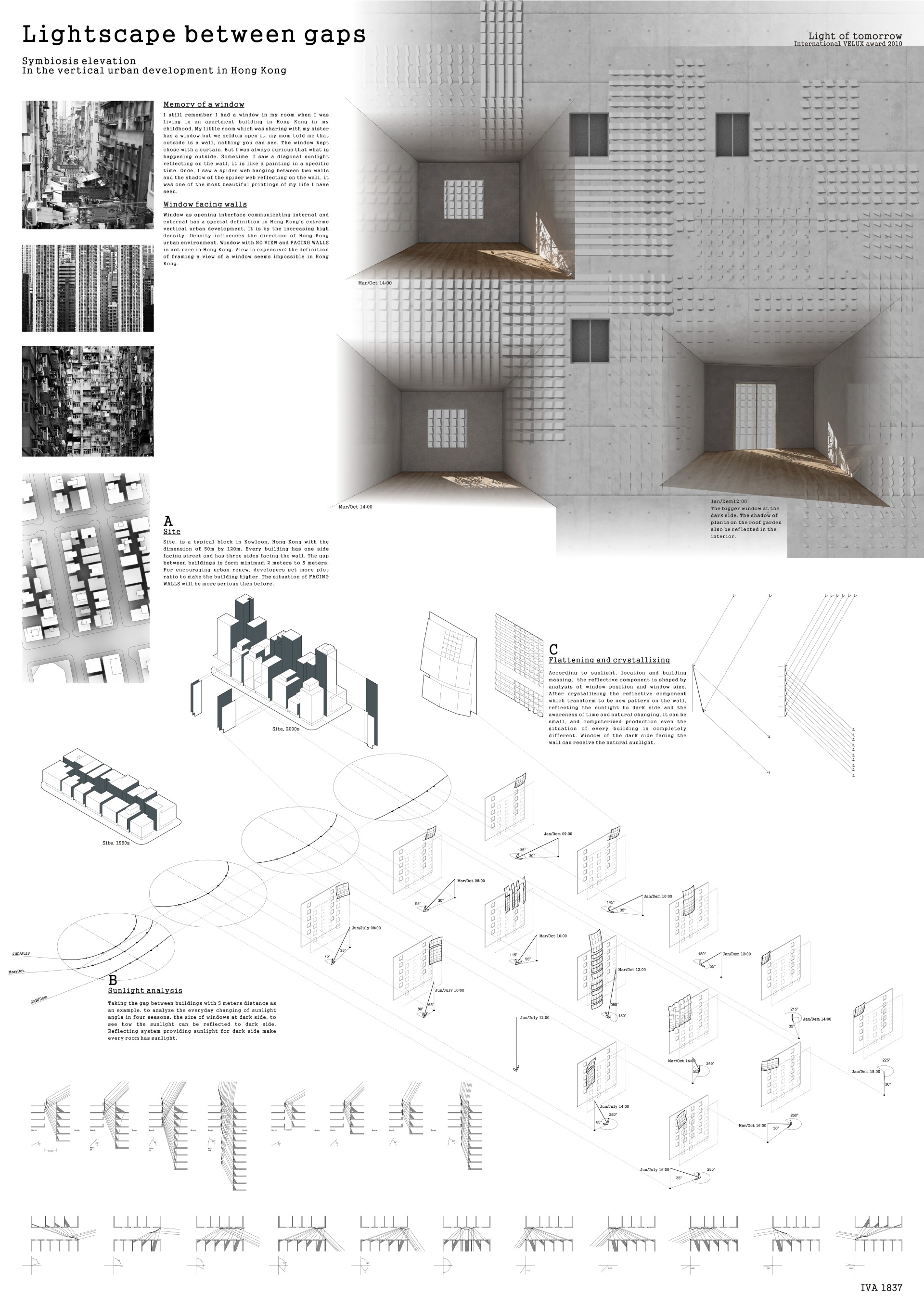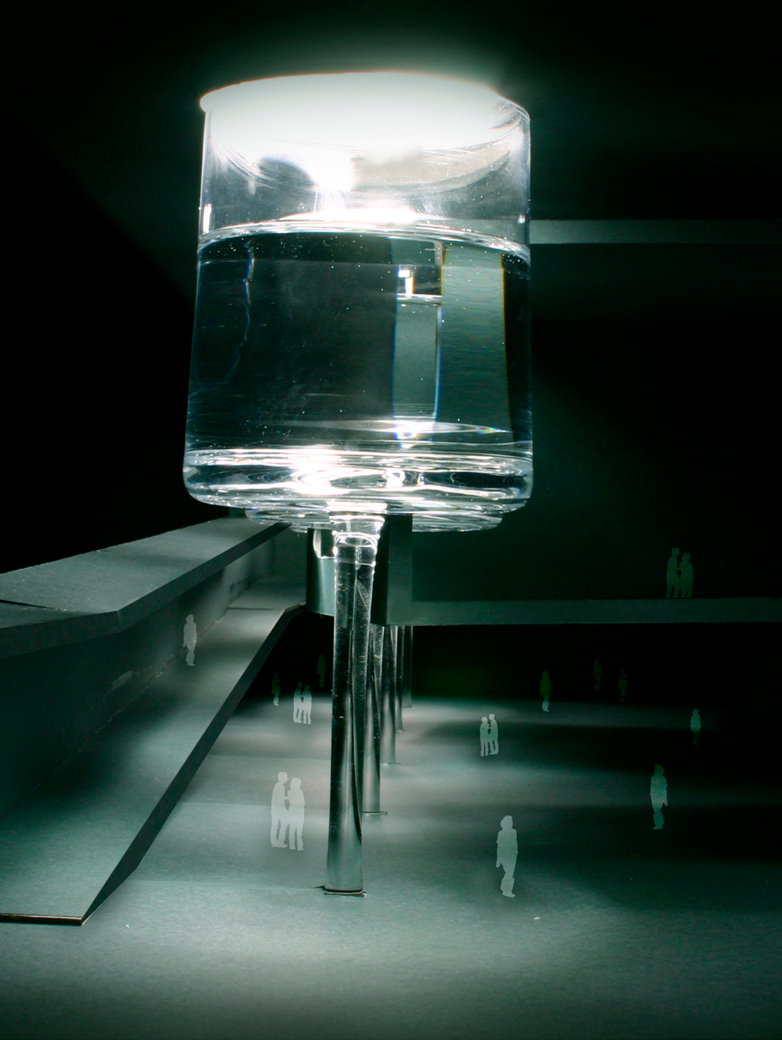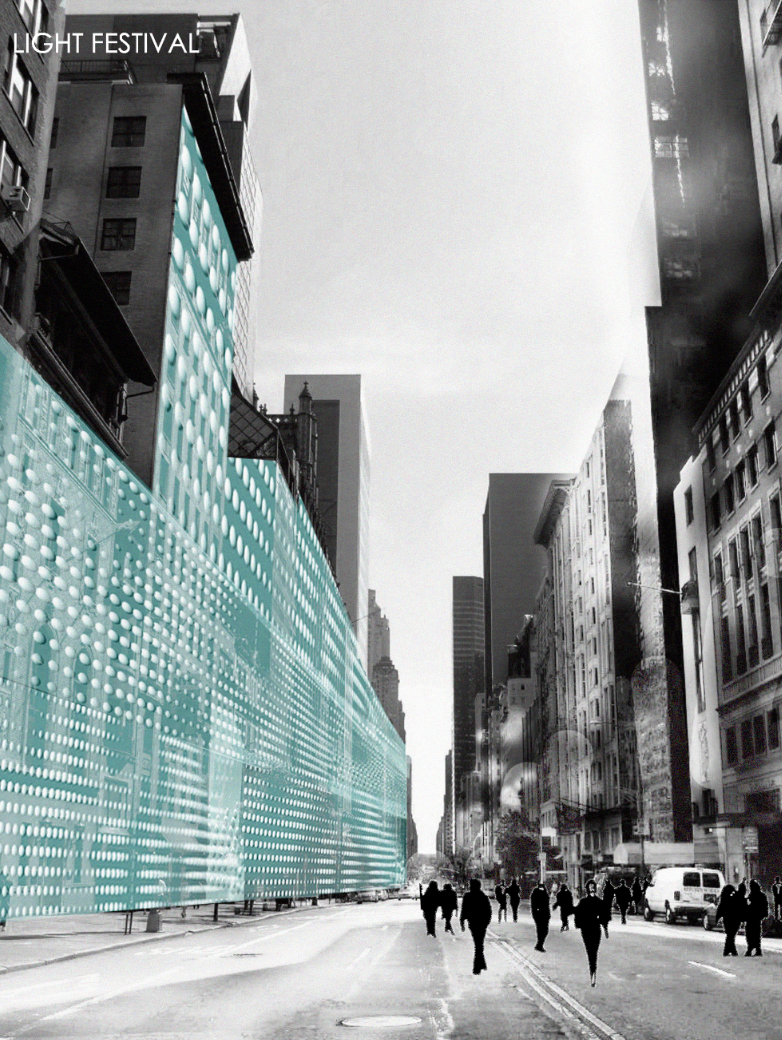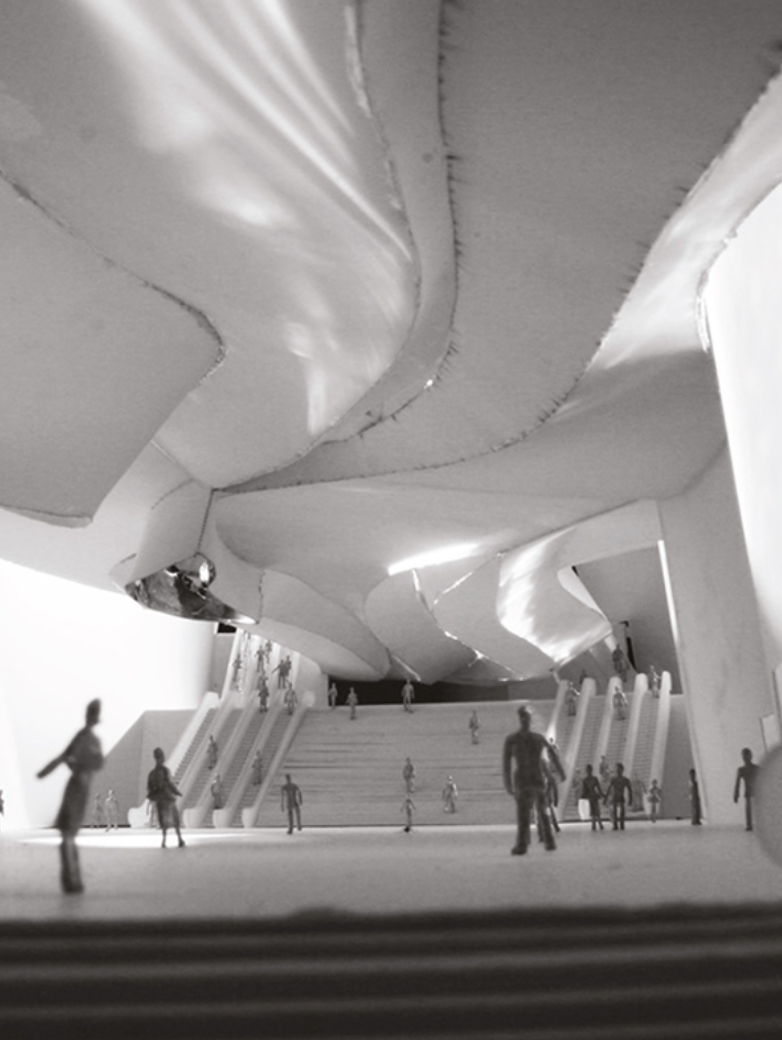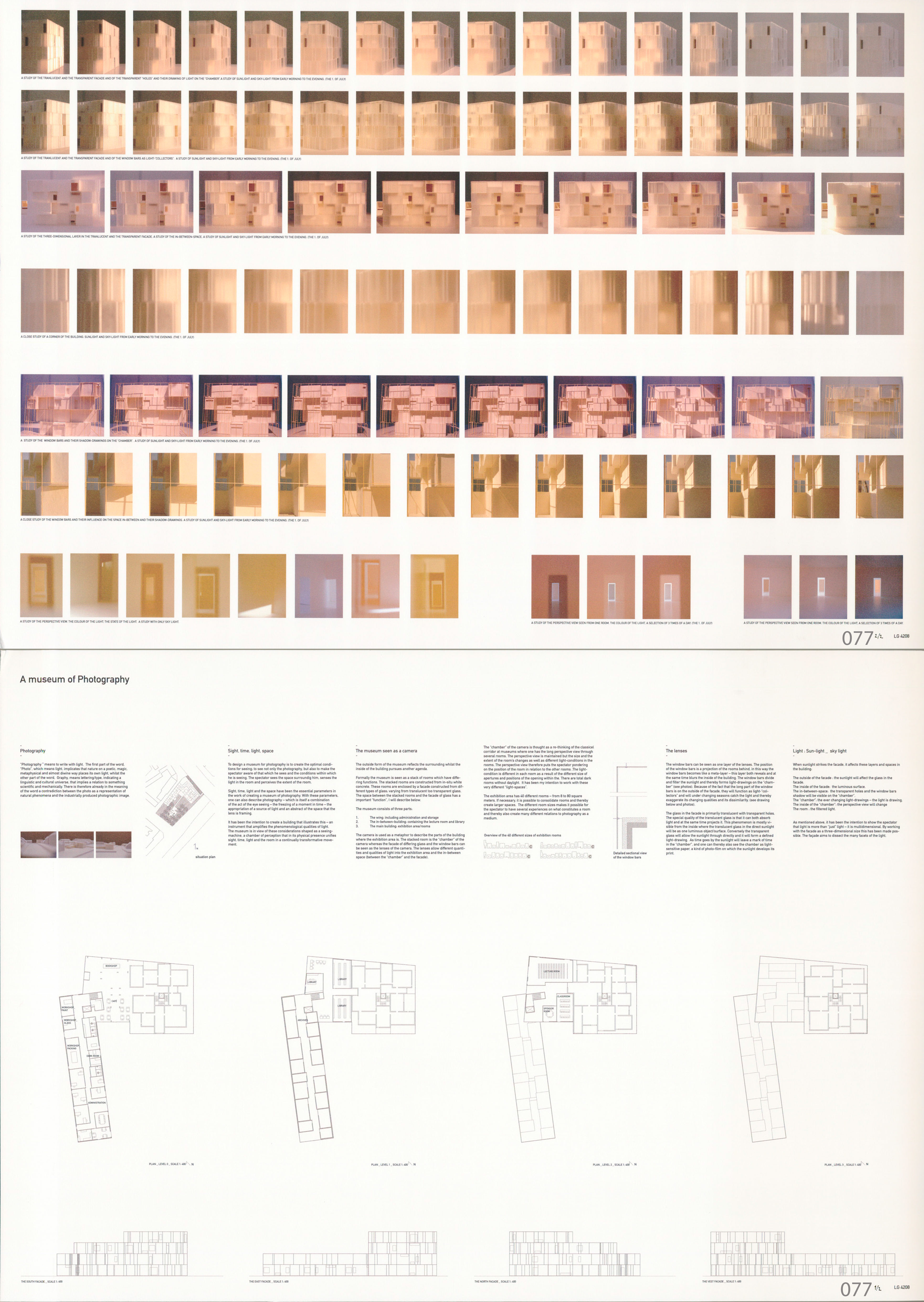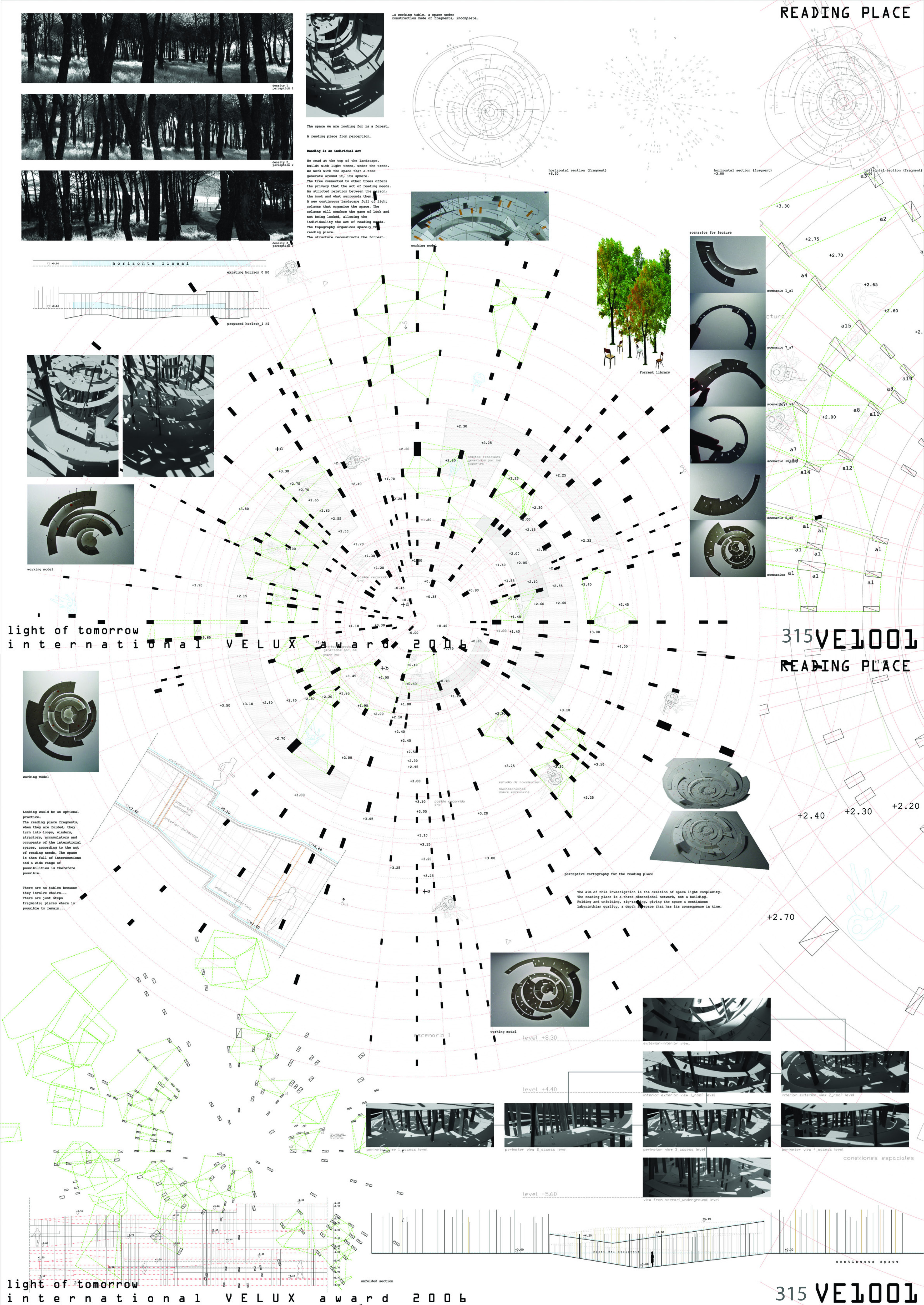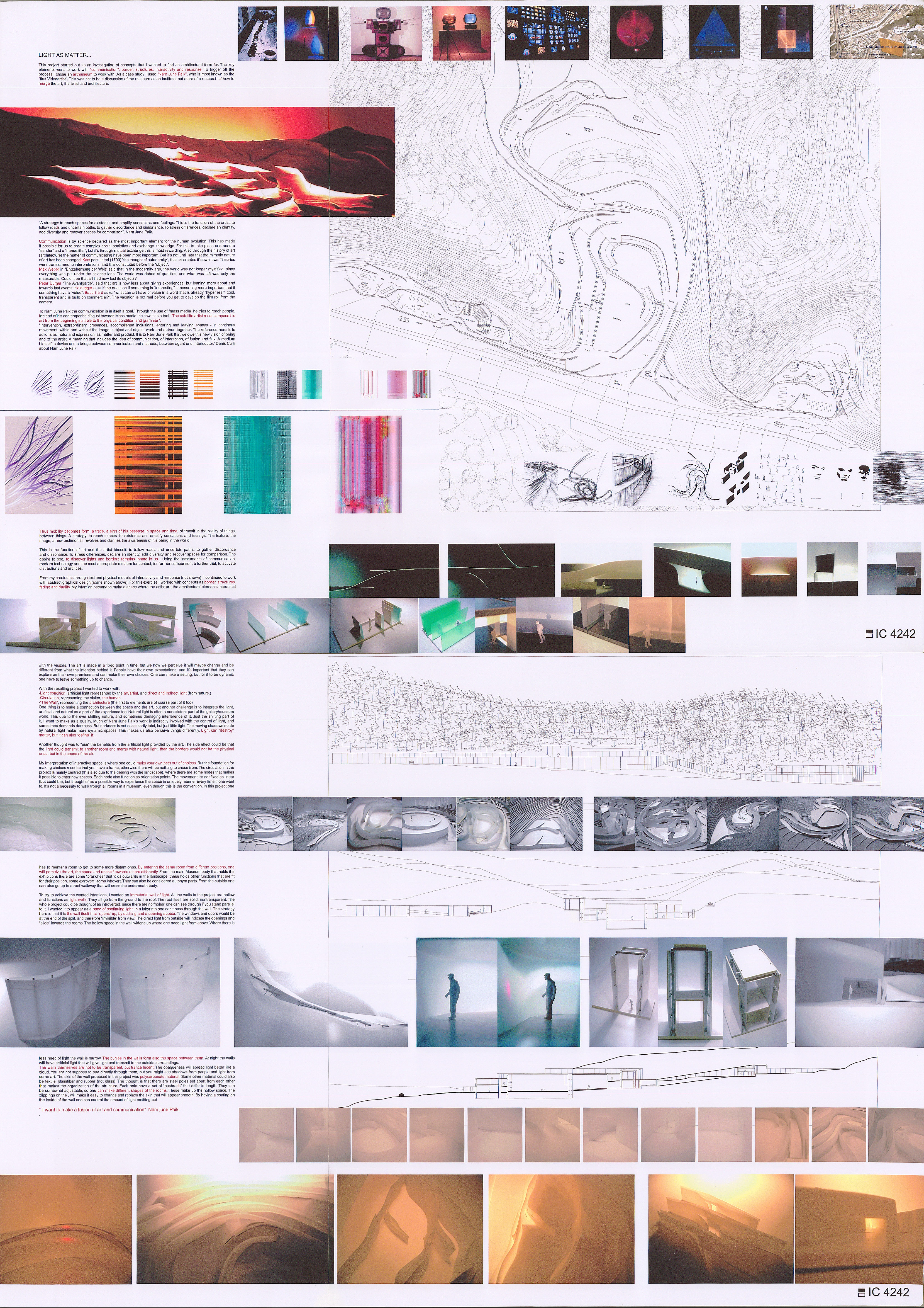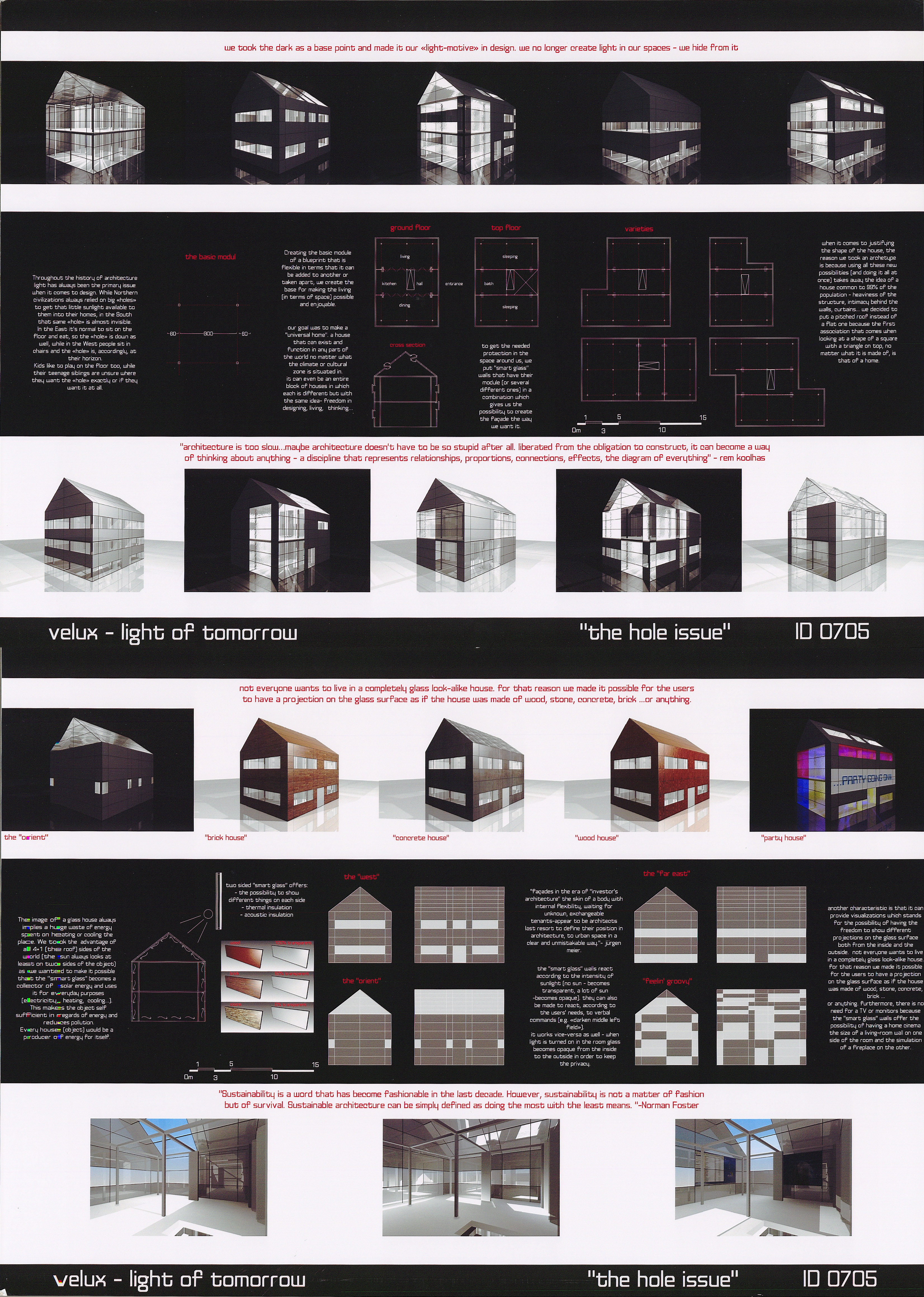2024 - Life Light
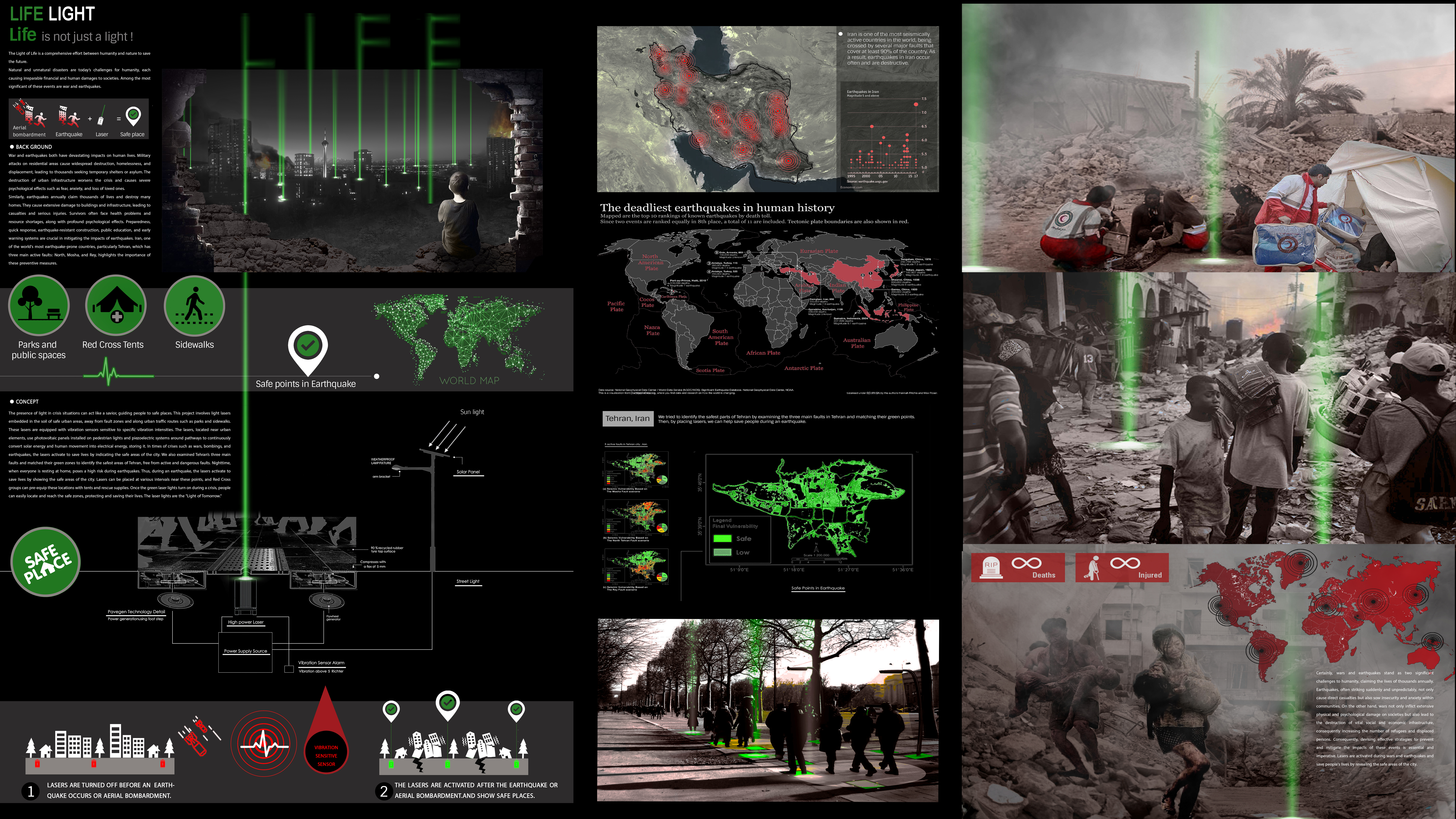
Category
Daylight Investigations - Region 2: Eastern Europe and the Middle East
Students
Sajjad Navidi
Teacher
Rima Fayaz
School
University of Art, Tehran
Country
Iran
Download
Download project board
The Light of Life is a comprehensive effort between humanity and nature to save the future. Natural and unnatural disasters are today’s challenges for humanity, each causing irreparable financial and human damages to societies. Among the most significant of these events are war and earthquakes.
War has profound and devastating impacts on human lives. When a residential area is targeted by military attacks, homes and buildings are severely destroyed, leading to widespread homelessness and displacement. This situation causes thousands of people, including women, children, and the elderly, to lose their safe havens and seek temporary shelters or asylum in other countries. The destruction of urban infrastructure such as water, electricity, sanitation, and schools exacerbates the crisis, limiting people’s access to basic life necessities. Additionally, we witness severe psychological effects stemming from the experience of fear, anxiety, and the loss of loved ones among individuals in the community, which can lead to long-term mental health issues.
Earthquakes are also one of the most significant challenges faced by humanity, annually claiming thousands of lives and destroying thousands of homes. Earthquakes are natural and sudden phenomena that can have devastating effects on human communities. They can lead to extensive destruction of buildings, infrastructure, and bridges, causing human casualties and serious injuries. Many people lose their homes and are forced to live in shelters or temporary locations, which can exacerbate health problems and shortages of essential resources like water and food. Besides the physical impacts, earthquakes can have profound psychological effects, including fear, anxiety, and mental disorders among survivors. Preparedness and quick response in times of crisis, earthquake-resistant constructions, public education, and the establishment of early warning systems are among the measures that can help reduce the destructive effects of earthquakes. Although earthquakes are unpredictable, taking preventive measures and appropriate responses can mitigate their human and financial damages and aid in the swift recovery of communities. Iran is one of the five earthquake-prone countries in the world, and Tehran has three main active faults: North, Mosha, and Rey.
The presence of light in crisis situations can act like a savior, guiding people to safe places. This project involves light lasers embedded in the soil of safe urban areas, away from fault zones and along urban traffic routes such as parks and sidewalks. These lasers are equipped with vibration sensors sensitive to specific vibration intensities. The lasers, located near urban elements, use photovoltaic panels installed on pedestrian lights and piezoelectric systems around pathways to continuously convert solar energy and human movement into electrical energy, storing it. In times of crises such as wars, bombings, and earthquakes, the lasers activate to save lives by indicating the safe areas of the city. We also examined Tehran’s three main faults and matched their green zones to identify the safest areas of Tehran, free from active and dangerous faults. Nighttime, when everyone is resting at home, poses a high risk during earthquakes. Thus, during an earthquake, the lasers activate to save lives by showing the safe areas of the city. Lasers can be placed at various intervals near these points, and Red Cross groups can pre-equip these locations with tents and rescue supplies. Once the green laser lights turn on during a crisis, people can easily locate and reach the safe zones, protecting and saving their lives. The laser lights are the “Light of Tomorrow.”

